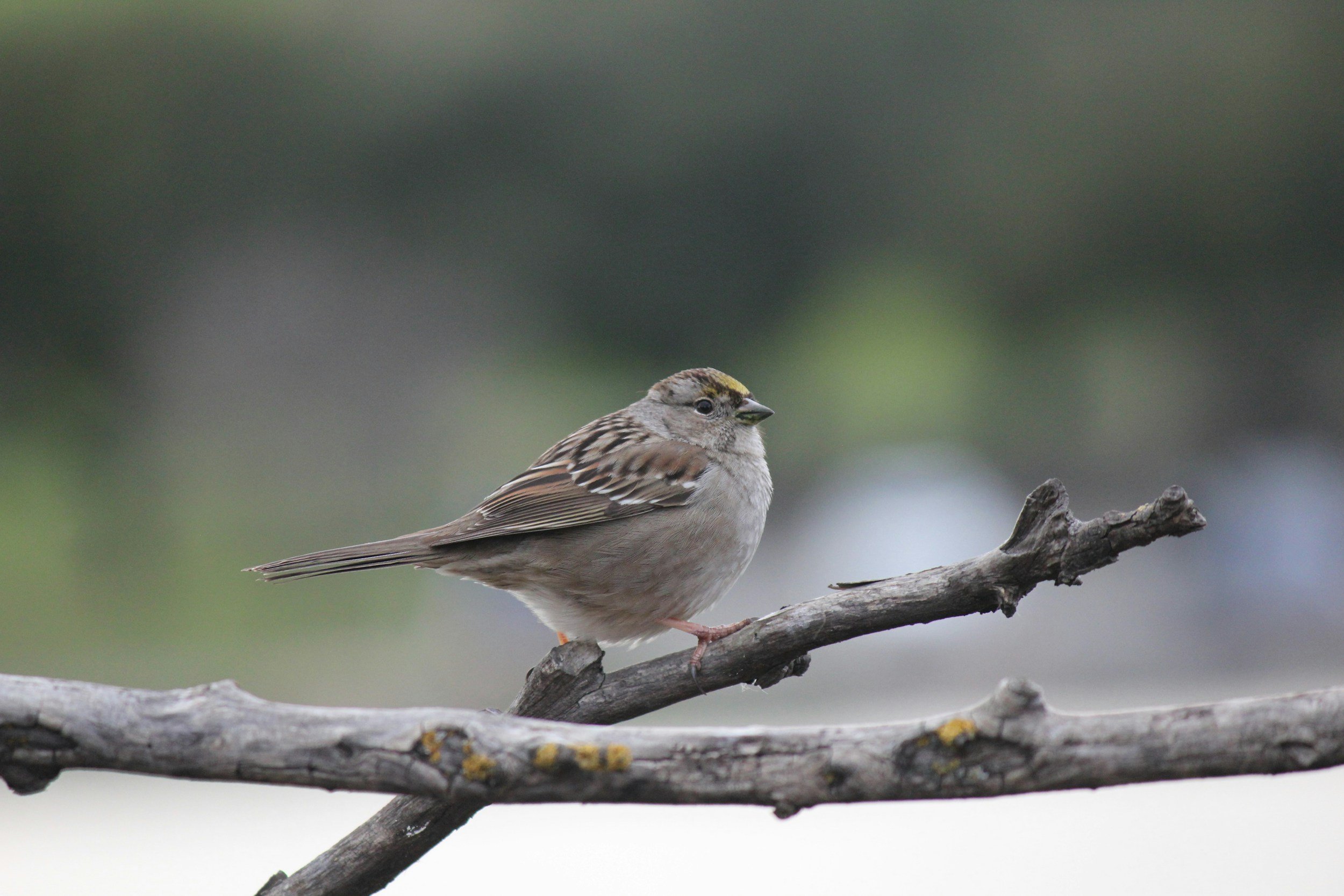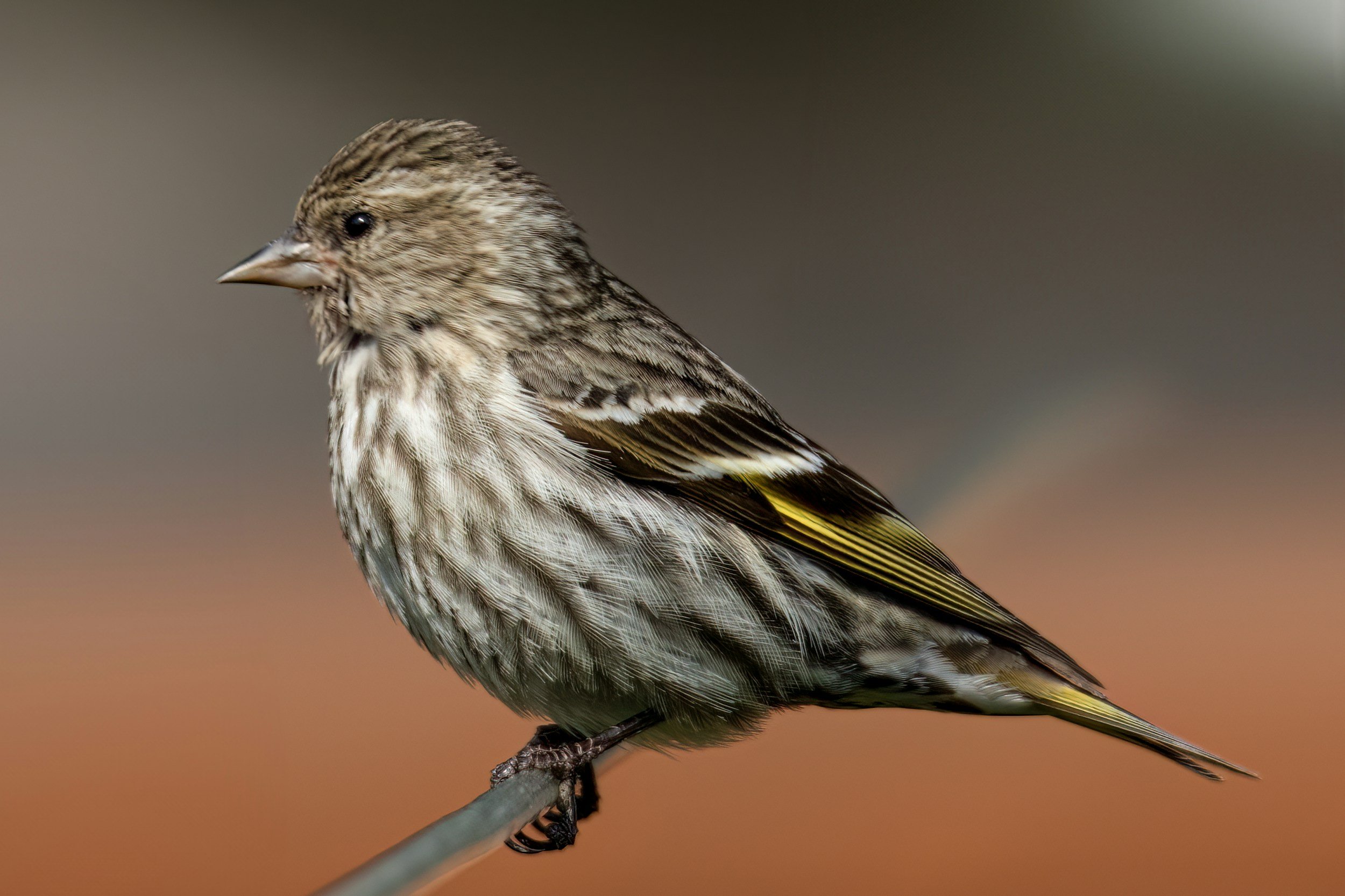Creating a Bird-Friendly Garden This Fall
Transform your garden into a sanctuary for migrating and wintering birds.
Birds in the Pacific Northwest during fall and winter include a mix of year-round residents, seasonal migrants, and winter visitors.
Year-Round Residents:
Black-capped Chickadee: These small, energetic birds are often spotted in forests, parks, and backyard feeders.
Northern Flicker: A large woodpecker with a spotted belly and a distinctive call; common in woodlands and open areas.
American Crow: Intelligent and adaptable, crows are seen everywhere from cities to forests.
Red-breasted Nuthatch: Found in coniferous forests, these birds are known for their high-pitched calls and acrobatic movements.
Anna’s Hummingbird: One of the few hummingbird species that stay year-round, surviving the cold by going into torpor.
Migrants and Winter Visitors:
Varied Thrush: With their bold patterns and haunting calls, these forest thrushes migrate down from higher elevations in the fall.
Golden-crowned and White-crowned Sparrows: They arrive from the north and are commonly seen in gardens and open fields.
Dark-eyed Junco: These sparrows are abundant in winter and are easily recognizable by their pink bills and dark hoods.
Pine Siskin: Small finches with streaky plumage that can be found in flocks, particularly at feeders.
Raptors:
Bald Eagle: Often seen near large bodies of water, these eagles are particularly abundant in the Skagit Valley in winter.
Red-tailed Hawk: Common along highways and open fields, these hawks are one of the most frequently sighted birds of prey.
Rough-legged Hawk: A winter visitor that migrates from the Arctic tundra to open fields and agricultural lands.
Fall is a critical time for birds, as many species are either migrating or preparing for winter. You can make your garden a welcoming space for birds by offering food, water, and shelter. Adding bird feeders stocked with seeds or suet is an easy way to attract birds to your yard. Sunflower seeds, peanuts, and safflower seeds are favorites among many species. Don’t forget to provide fresh water—either in a birdbath or a shallow dish—and keep it clean and free of ice as the weather cools.
In addition to feeders, certain plants can naturally attract birds to your garden. Shrubs and trees that produce berries, such as hollies or viburnums, offer both food and shelter. Leaving seed heads on flowers like coneflowers, sunflowers, and grasses can also provide a natural food source. These plants not only attract birds but also add beauty and texture to your fall garden.
For shelter, consider adding nesting boxes or dense shrubs where birds can roost. Birds appreciate safe, hidden spots where they can take refuge from predators and bad weather. With a little effort, your garden can become a bird haven, full of life and activity even as the days grow shorter.
Leola Young & AI PA













